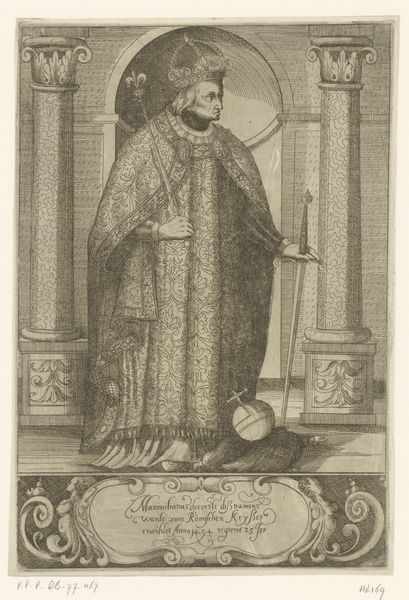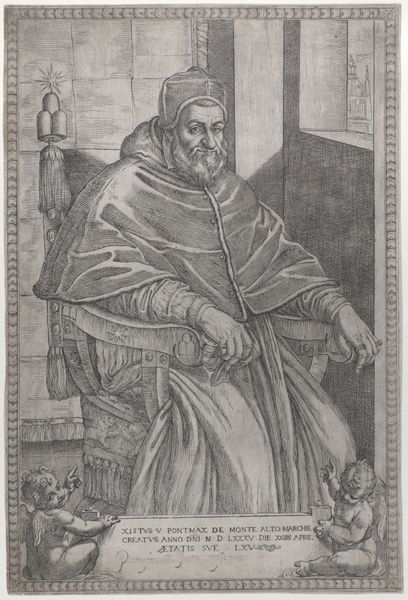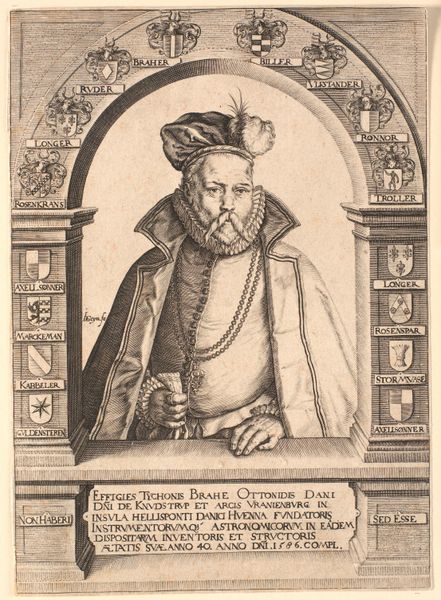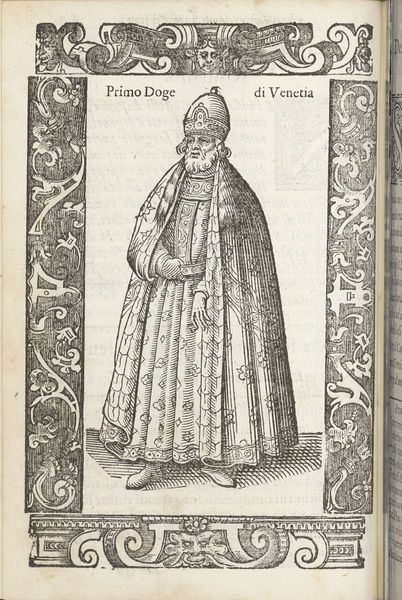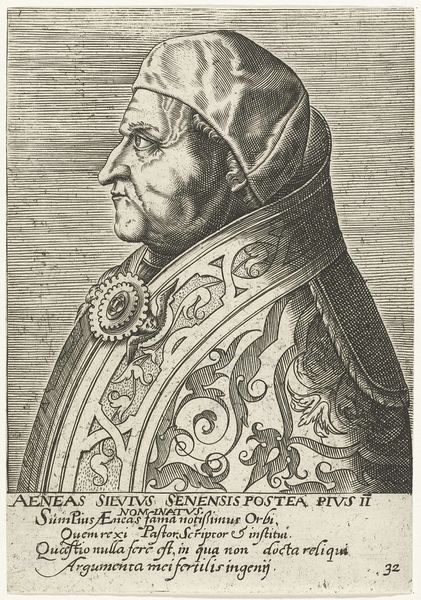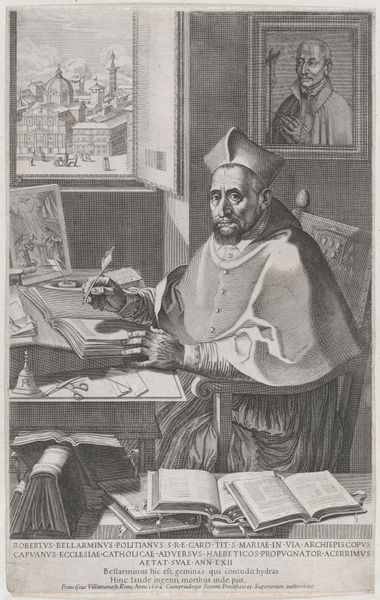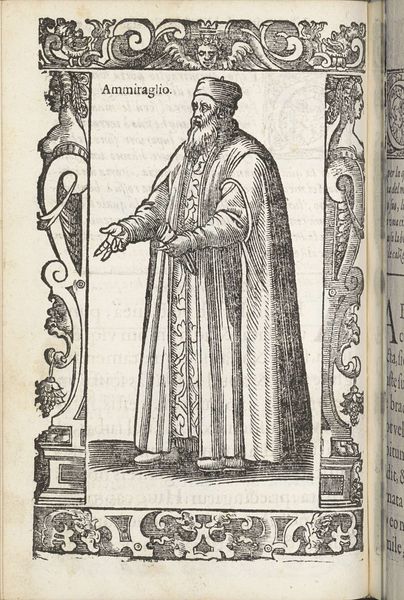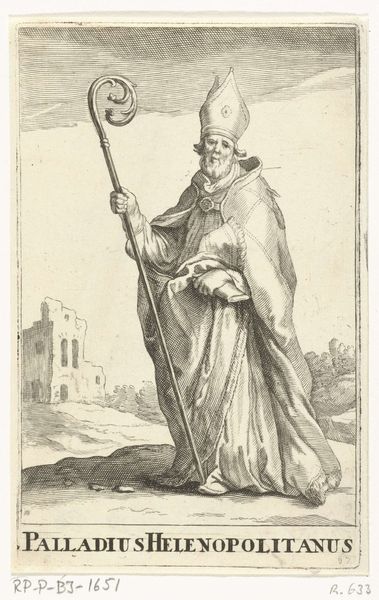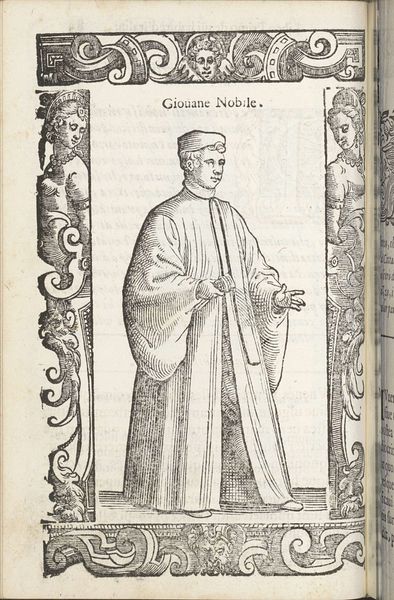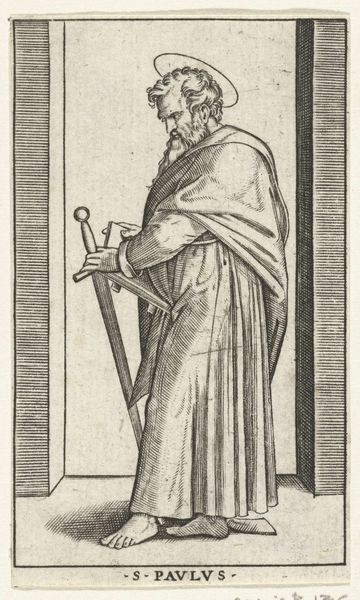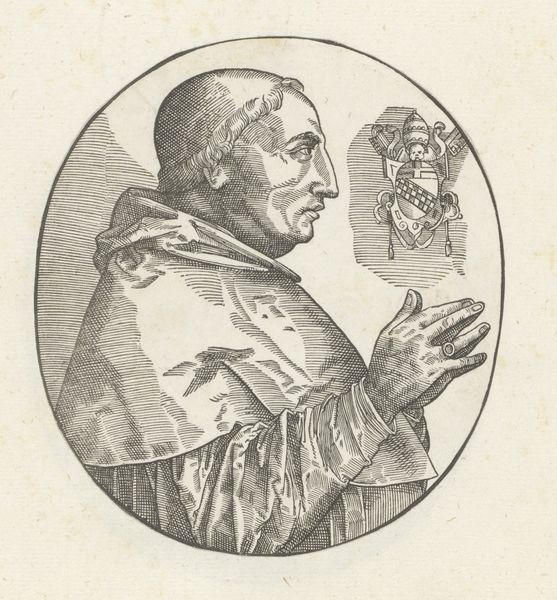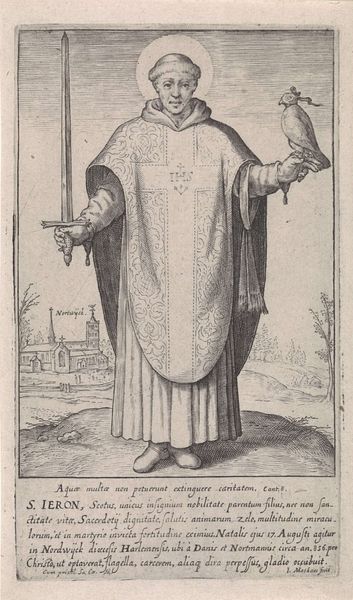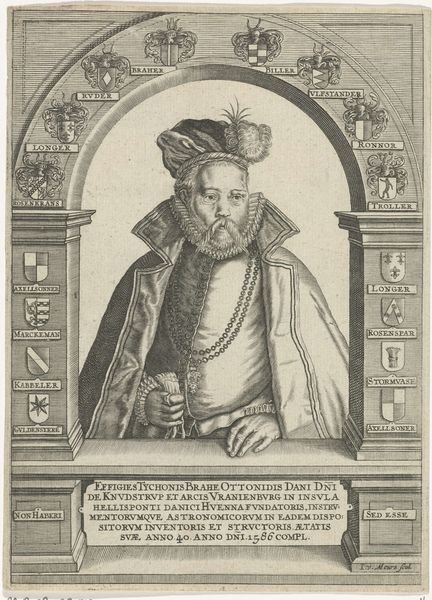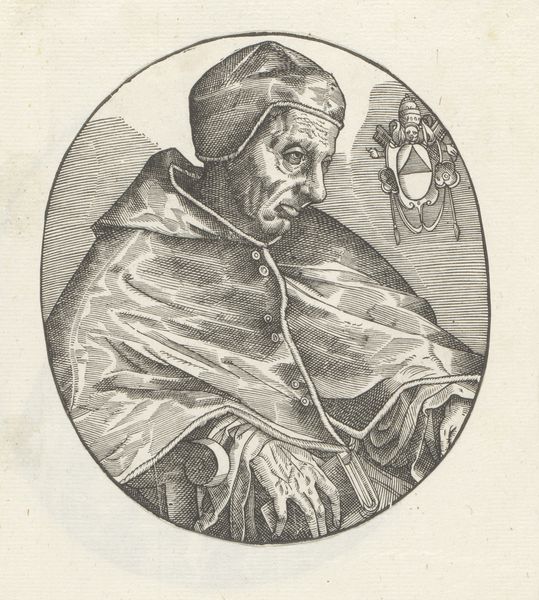
print, engraving
#
portrait
#
baroque
#
dutch-golden-age
# print
#
history-painting
#
engraving
Dimensions: 16 5/8 x 11 5/8 in. (42.23 x 29.53 cm) (image)
Copyright: Public Domain
Editor: This engraving, "William of Nassau" by Willem Jacobsz Delff, dates from the 17th century. The detail is incredible! He's surrounded by symbols of power – armor, a grand interior… it’s almost overwhelming. What do you see in this piece? Curator: From a historical perspective, this isn't just a portrait; it’s a carefully constructed statement about power and legitimacy. The armor, the distant crowd, and even the interior architecture all work together to project an image of authority rooted in military strength and civic engagement. But consider who *gets* to see this image. Who had access to prints like these, and what kind of message were they meant to take away? Editor: So it's less about William himself and more about the message the print conveys? Curator: Exactly. It served a vital function in shaping public perception, reinforcing his position within the Dutch Golden Age's socio-political landscape. How do you think an image like this impacted public opinion at the time? Did it feel accessible or intentionally distanced? Editor: I can see that. The details feel quite strategic now. All those signifiers, like the specific placement of the helmet and his authoritative, composed expression. It gives the figure legitimacy and reinforces his power. Thanks for explaining all that. Curator: And seeing how art plays a role in shaping social narratives can really change the way we approach the viewing experience. These visual strategies help to further study how museums are shaped by imagery.
Comments
No comments
Be the first to comment and join the conversation on the ultimate creative platform.
